At least with scipy version 1.1.0 the parameter sigma should be equal to the error on each parameter. Specifically the documentation says:
A 1-d sigma should contain values of standard deviations of errors in
ydata. In this case, the optimized function is chisq = sum((r / sigma)
** 2).
In your case that would be:
curve_fit(f, x, y, p0, sigma=noise_sigma, absolute_sigma=True)
I looked through the source code and verified that when you specify sigma this way it minimizes ((f-data)/sigma)**2.
As a side note, this is in general what you want to be minimizing when you know the errors. The likelihood of observing points data given a model f is given by:
L(data|x0,A,alpha) = product over i Gaus(data_i, mean=f(x_i,x0,A,alpha), sigma=sigma_i)
which if you take the negative log becomes (up to constant factors that don't depend on the parameters):
-log(L) = sum over i (f(x_i,x0,A,alpha)-data_i)**2/(sigma_i**2)
which is just the chisquare.
I wrote a test program to verify that curve_fit was indeed returning the correct values with the sigma specified correctly:
from __future__ import print_function
import numpy as np
from scipy.optimize import curve_fit, fmin
np.random.seed(0)
def make_chi2(x, data, sigma):
def chi2(args):
x0, A, alpha = args
return np.sum(((f(x,x0,A,alpha)-data)/sigma)**2)
return chi2
n = 200
x = np.linspace(1, 20, n)
x0, A, alpha = 12, 3, 3
def f(x, x0, A, alpha):
return A * np.exp(-((x-x0)/alpha)**2)
noise_sigma = x/20
noise = np.random.randn(n) * noise_sigma
yexact = f(x, x0, A, alpha)
y = yexact + noise
p0 = 10, 4, 2
# curve_fit without parameters (sigma is implicitly equal to one)
popt, pcov = curve_fit(f, x, y, p0)
# curve_fit with wrong sigma specified
popt2, pcov2 = curve_fit(f, x, y, p0, sigma=1/noise_sigma**2, absolute_sigma=True)
# curve_fit with correct sigma
popt3, pcov3 = curve_fit(f, x, y, p0, sigma=noise_sigma, absolute_sigma=True)
chi2 = make_chi2(x,y,noise_sigma)
# double checking that we get the correct answer
xopt = fmin(chi2,p0,xtol=1e-10,ftol=1e-10)
print("popt = %s, chi2 = %.2f" % (popt,chi2(popt)))
print("popt2 = %s, chi2 = %.2f" % (popt2, chi2(popt2)))
print("popt3 = %s, chi2 = %.2f" % (popt3, chi2(popt3)))
print("xopt = %s, chi2 = %.2f" % (xopt, chi2(xopt)))
which outputs:
popt = [ 11.93617403 3.30528488 2.86314641], chi2 = 200.66
popt2 = [ 11.94169083 3.30372955 2.86207253], chi2 = 200.64
popt3 = [ 11.93128545 3.333727 2.81403324], chi2 = 200.44
xopt = [ 11.93128603 3.33373094 2.81402741], chi2 = 200.44
As you can see the chi2 is indeed minimized correctly when you specify sigma=sigma as an argument to curve_fit.
As to why the improvement isn't "better", I'm not really sure. My only guess is that without specifying a sigma value you implicitly assume they are equal and over the part of the data where the fit matters (the peak), the errors are "approximately" equal.
To answer your second question, no the sigma option is not only used to change the output of the covariance matrix, it actually changes what is being minimized.
